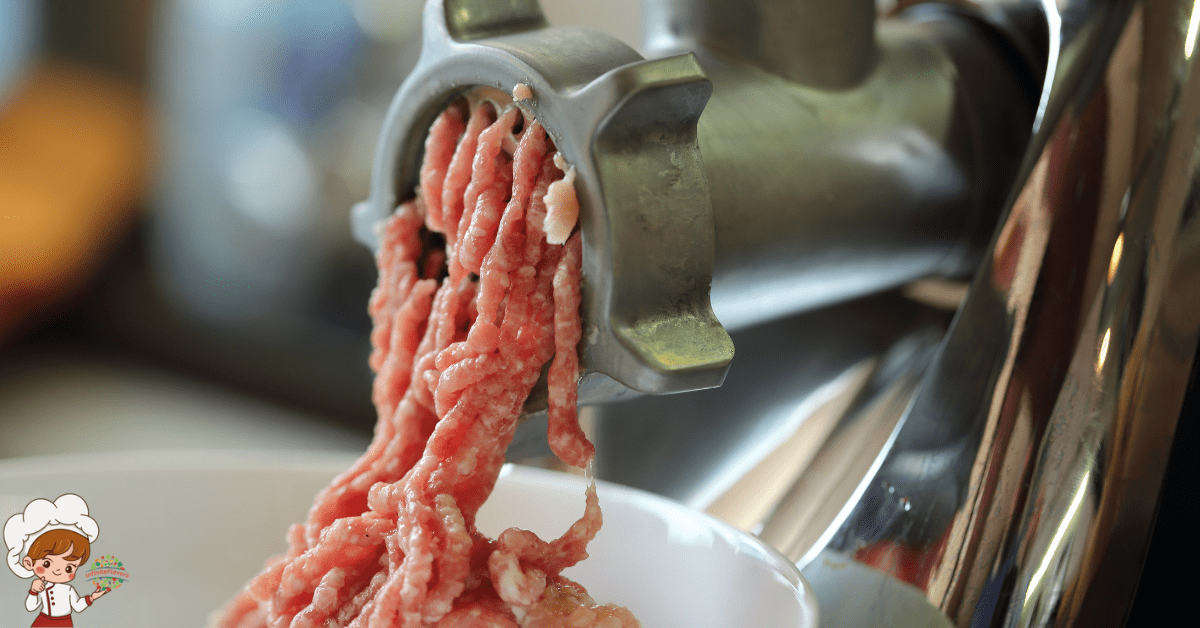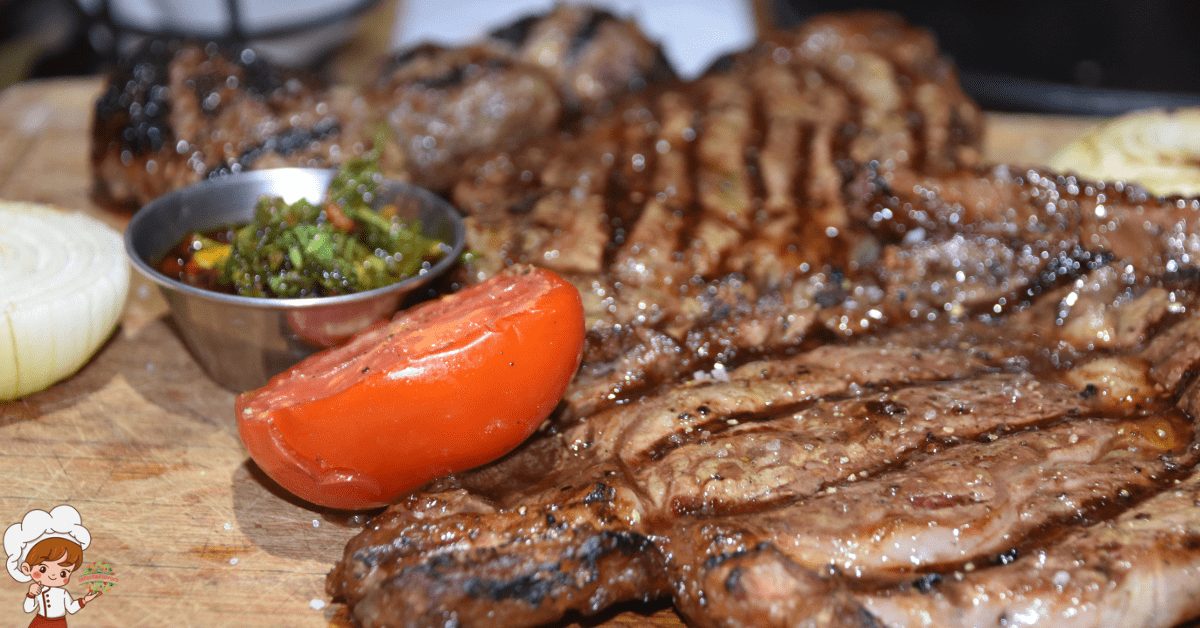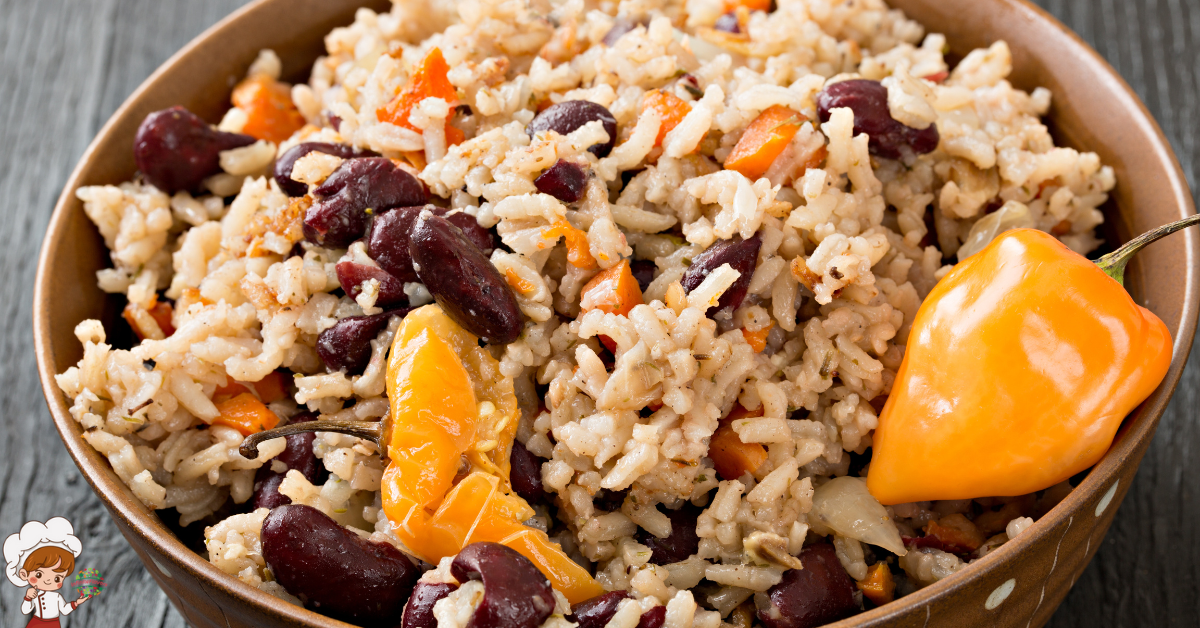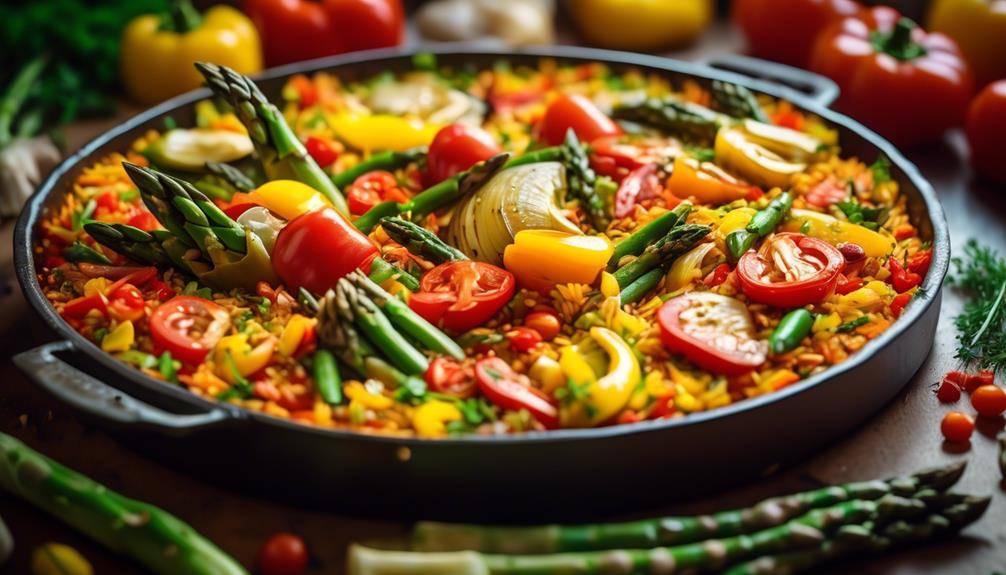The Best History and Origin of Campfire Biscuits
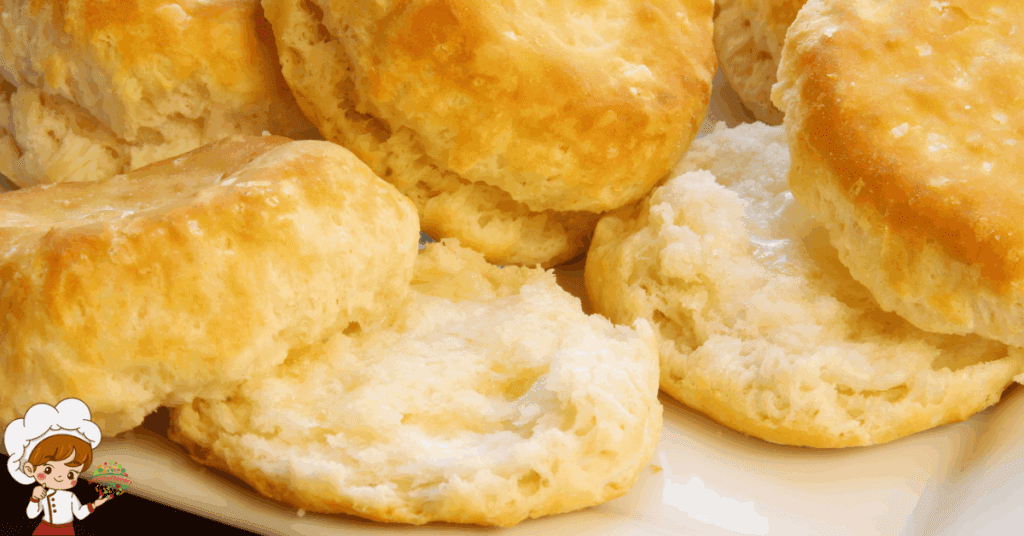
Best History and Origin of Campfire Biscuits; Few foods evoke the nostalgic warmth of an open flame like campfire biscuits. These humble, flaky creations have long been a staple of outdoor cooking, delighting campers, cowboys, and homesteaders alike. Whether wrapped around a stick, nestled in a Dutch oven, or crisped on a cast iron skillet over glowing embers, campfire biscuits represent a culinary tradition steeped in simplicity and resilience. In this comprehensive exploration, we will delve into the rich history and origin of campfire biscuits, tracing their journey from frontier survival fare to cherished comfort food.
What Are Campfire Biscuits?
Before diving into their past, it’s helpful to define what campfire biscuits actually are. Essentially, they are biscuits made using minimal ingredients and cooked over an open flame, making them ideal for rustic or wilderness settings. Unlike their oven-baked kitchen counterparts, campfire biscuits often rely on tools like Dutch ovens, skewers, or cast iron pans, adapting to the unpredictable nature of open fire cooking. Their texture is typically golden and crisp on the outside, with a fluffy interior that makes them perfect for pairing with butter, honey, or jam.
The Biscuit’s Roots: From Europe to Early America
To understand the origin of campfire biscuits, we must first examine the history of the biscuit itself. The word “biscuit” comes from the Latin bis coctus, meaning “twice baked.” This term was originally used to describe hard, dry breads that could last for long periods—ideal for sailors and soldiers. These early European biscuits were not the soft, leavened varieties we know today but rather closer to modern-day hardtack.
By the 17th and 18th centuries, English and Scottish immigrants brought their baking traditions to the American colonies. These traditions included various forms of scones and griddle breads, many of which evolved with the availability of ingredients in the New World. Baking soda and baking powder—leavening agents critical to the rise of modern biscuits—emerged in the early 19th century and quickly revolutionized American baking.
Westward Expansion and the Campfire Cooking Boom
The story of campfire biscuits truly begins during the westward expansion of the United States in the 19th century. As pioneers and settlers moved across the frontier, they carried only the bare essentials. Flour, fat (usually lard or butter), salt, and a leavening agent were easy to transport and could be transformed into biscuits with just a little water and fire.
Cowboys on cattle drives and homesteaders heading west relied on foods that were filling, quick to prepare, and capable of being cooked over open flames. Campfire biscuits fit these criteria perfectly. With limited cookware and no access to ovens, people learned to bake using hot coals and cast iron. The Dutch oven became an indispensable tool, allowing biscuits to bake evenly with coals placed both underneath and on the lid.
The Role of Dutch Ovens in Campfire Biscuit Tradition
Dutch ovens played a crucial role in the development of campfire biscuits. These heavy, cast iron pots with tight-fitting lids allowed for reliable, even baking when traditional ovens were unavailable. Biscuits could be placed inside the oven on a trivet or directly on the bottom, and hot coals distributed around the pot ensured thorough cooking.
The Dutch oven method became synonymous with frontier and cowboy cooking, particularly in the American Southwest. Over time, the techniques and traditions passed down through generations of outdoor cooks became part of a larger American culinary identity. Today, Dutch oven biscuit-making is still popular in camping communities and remains a nostalgic nod to the country’s pioneer heritage.
Campfire Biscuits in Cowboy and Chuckwagon Culture
Campfire biscuits hold a special place in cowboy lore. During the 19th century, cattle drives became common across the Great Plains. Chuckwagons followed the herds and served as mobile kitchens. The “cookie,” or camp cook, was tasked with feeding hungry cowboys morning and night. Biscuits were a staple—easy to make, highly adaptable, and beloved by all.
These chuckwagon cooks often became skilled bakers out of necessity, mastering the timing and technique of baking over fire. Their biscuits were more than just sustenance; they offered comfort during grueling journeys. The soft, buttery layers provided a taste of home and a brief reprieve from the rugged life of a cowboy.
The Popularity of Stick and Skillet Biscuits
While Dutch ovens remained a popular method, not all campers had access to them. Resourceful outdoor cooks discovered alternative methods, including wrapping biscuit dough around sticks or placing it directly on a greased skillet. Stick biscuits became especially popular with Boy Scouts and recreational campers in the 20th century.
Skillet biscuits, on the other hand, were favored for their crisp, pan-fried edges and simplicity. These methods required less gear and could be cooked over any small campfire, further democratizing the joy of freshly baked biscuits in the wild.
Campfire Biscuits in American Folklore and Literature
Campfire biscuits appear frequently in stories and writings about the American frontier. From the journals of pioneers to the tall tales of cowboys, these simple baked goods are often described with a mix of affection and reverence. Laura Ingalls Wilder’s Little House books, for example, include references to outdoor cooking and scratch-made biscuits prepared over an open flame.
In American folklore, the cowboy cook is almost mythic, and his biscuits are legendary. Tales often exaggerate the size, flavor, or flakiness of these biscuits, but the underlying message is clear: in a world where food was often sparse and days were hard, a warm biscuit could be a small miracle.
Modern Resurgence of Campfire Cooking
In recent years, there has been a revival of interest in traditional campfire cooking methods. As more people seek outdoor experiences, from hiking and camping to off-grid living, campfire biscuits have once again found their place at the center of rustic cuisine. This resurgence has been fueled by nostalgia, the appeal of self-sufficiency, and a renewed appreciation for simple, homemade food.
Campfire biscuits also appeal to the growing movement of “slow food,” where the emphasis is placed on quality ingredients, traditional methods, and meaningful mealtime experiences. Cooking biscuits over a fire isn’t just about nourishment—it’s about connecting with history and the environment.
The Science Behind Campfire Biscuits
The process of making biscuits over a campfire may seem straightforward, but it involves a delicate balance of heat and timing. Too much direct flame can burn the outside before the inside cooks, while too little heat results in doughy centers. Dutch ovens help regulate this process by mimicking the even heat of an oven, while skillets and sticks demand more attentiveness.
The chemistry of biscuit-making is also fascinating. The reaction between baking powder or soda and liquid creates the gas bubbles that make biscuits rise. Fats like butter or lard coat the flour, resulting in that iconic flaky texture. When heat is applied, steam is released, further aiding in leavening. Achieving the perfect biscuit over a campfire is part art, part science, and wholly satisfying.
Regional Variations and Personal Twists
While the basic elements of campfire biscuits remain the same, regional variations have emerged over time. In the American South, biscuits are often richer and made with buttermilk. In the West, they may be more utilitarian, with a focus on durability for long treks. Some cooks add cheese, herbs, or even sweet fillings like cinnamon and sugar for a twist on the classic.
Today, campfire biscuits are as customizable as they are beloved. Families and campers often develop their own traditions and methods, passing them down from generation to generation. Whether sweet or savory, plain or fancy, each biscuit tells a story.
Campfire Biscuits as a Cultural Symbol
Campfire biscuits are more than just food; they are a cultural artifact. They symbolize resourcefulness, comfort, and community. In times when people were far from home and comforts were few, a warm biscuit could lift spirits and bring people together around the fire. They remind us of a time when cooking was hands-on, meals were shared, and flavors were earned with effort.
In an age of convenience and digital distractions, campfire biscuits invite us to slow down. They ask us to gather wood, spark a fire, and enjoy the process of making something with our own hands. In doing so, we not only feed ourselves—we connect with history, nature, and each other.
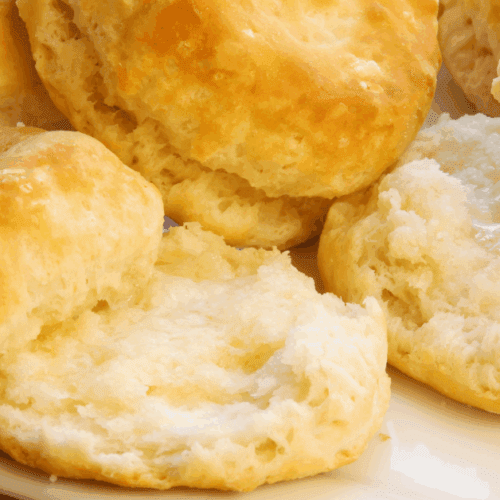
Campfire Biscuits Recipe
Ingredients
- Ingredients
- 2 cups all-purpose flour
- 1 tablespoon baking powder
- ½ teaspoon baking soda
- 1 teaspoon salt
- 6 tablespoons cold unsalted butter cut into small cubes
- ¾ cup buttermilk cold
- Optional: melted butter or honey for brushing
Instructions
- Instructions
- Prepare the Dough (at Home or On-Site)
- In a large mixing bowl, whisk together the flour, baking powder, baking soda, and salt. Add the cold butter and cut it into the flour using a pastry cutter or your fingers until the mixture resembles coarse crumbs.
- Add Buttermilk
- Slowly pour in the buttermilk, stirring gently until a soft dough forms. Be careful not to overmix. The dough should be slightly sticky but manageable.
- Shape the Biscuits
- Turn the dough out onto a lightly floured surface. Gently pat it into a ¾-inch-thick round. Use a biscuit cutter or the rim of a cup to cut out biscuits. Re-roll scraps as needed.
- Prepare the Cooking Surface
- Lightly grease a cast iron skillet or Dutch oven with oil or butter. Arrange the biscuits inside with a little space between each (they will expand).
- Cook Over the Campfire
- Place the skillet over a bed of hot coals, not direct flames. If using a Dutch oven, you can place coals underneath and on the lid for even heat. Cook for about 12–15 minutes, checking occasionally. Rotate the skillet or Dutch oven for even baking. The biscuits are done when golden brown and firm to the touch.
- Serve Warm
- Brush with melted butter or drizzle with honey, if desired. Serve warm with jam, gravy, or just enjoy them on their own!
FAQ About Best History and Origin of Campfire Biscuits
Are campfire biscuits the same as regular biscuits?
Not exactly. While the ingredients are often similar, the cooking methods differ. Campfire biscuits are typically cooked over open flames or in Dutch ovens, giving them a distinct texture and flavor.
What’s the best method to cook biscuits over a campfire?
The Dutch oven is the most reliable and traditional method, offering even heat distribution. However, stick and skillet methods also work well for different experiences.
Can you use pre-made dough for campfire biscuits?
Yes, refrigerated biscuit dough can be used in a pinch, though many outdoor cooking purists prefer homemade for authenticity and flavor.
Do campfire biscuits need special equipment?
Not necessarily. While a Dutch oven or cast iron skillet helps, even a stick can suffice. The key is managing heat and using nonstick surfaces like greased foil or pans.
What’s the origin of wrapping biscuit dough around sticks?
This method likely evolved in the 20th century with recreational camping movements, particularly among youth groups like the Boy Scouts, where simple cooking methods were taught for outdoor skills.
Why are campfire biscuits so popular today?
They combine simplicity, tradition, and taste in one experience. As interest in outdoor recreation and heritage cooking grows, so does appreciation for foods like campfire biscuits.
Conclusion: The Enduring Legacy of Campfire Biscuits
Campfire biscuits are a testament to the enduring power of simple food. Born out of necessity and shaped by history, they have earned a cherished place in American culinary culture. From the rugged trails of frontier America to today’s scenic campsites, these flaky, golden treats continue to delight and inspire.
As we sit around the fire, watching flames dance and biscuits rise, we participate in a tradition that has warmed countless hands and hearts. Campfire biscuits may be humble in ingredients, but their history is rich and their impact timeless.



